Table of Contents
Introduction to Chiles
Chiles (or chili peppers) come in many varieties, each with unique heat levels, flavors, and culinary uses. Whether you're a beginner or experienced cook, understanding the differences between common chile types can help you choose the right pepper for your dishes. Below is a quick reference table of the 10 most popular chiles, followed by detailed information on each type.
| Chile Type | Heat Level (Scoville Units) | Origin | Common Uses |
|---|---|---|---|
| Jalapeño | 2,500–8,000 SHU | Mexico | Salsas, guacamole, stuffed dishes |
| Habanero | 100,000–350,000 SHU | Central America & Caribbean | Hot sauces, marinades, fruit salsas |
| Chipotle | 2,500–8,000 SHU | Mexico (smoked jalapeño) | Adobo sauces, stews, barbecue |
| Serrano | 10,000–23,000 SHU | Mexico | Fresh salsas, pickling, soups |
| Anaheim | 500–2,500 SHU | New Mexico, USA | Enchiladas, tamales, roasting |
| Poblano | 1,000–2,000 SHU | Mexico | Chiles rellenos, sauces, dried as ancho |
| Cayenne | 30,000–50,000 SHU | South America | Hot sauces, seasoning blends, chili powder |
| Ghost Pepper (Bhut Jolokia) | 800,000–1,041,427 SHU | India | Hot sauces, curries (use sparingly) |
| Thai Bird's Eye Chili | 50,000–100,000 SHU | Thailand | Curries, stir-fries, dipping sauces |
| Scotch Bonnet | 100,000–350,000 SHU | Caribbean | Jerk seasoning, hot sauces, Caribbean dishes |
Now, let's explore each type in detail to help you understand their unique characteristics and how to use them in your cooking.
Types of Chiles Around the World
1. Jalapeño
Jalapeños are one of the most widely recognized chiles, originating from Mexico. They range from mild to medium in heat (2,500–8,000 SHU) and are commonly used in salsas, guacamole, and stuffed dishes. Their versatility makes them a favorite among both beginners and experts. For fresh use, they're perfect in salsas; when smoked, they become chipotles, adding a deep, smoky flavor to dishes.
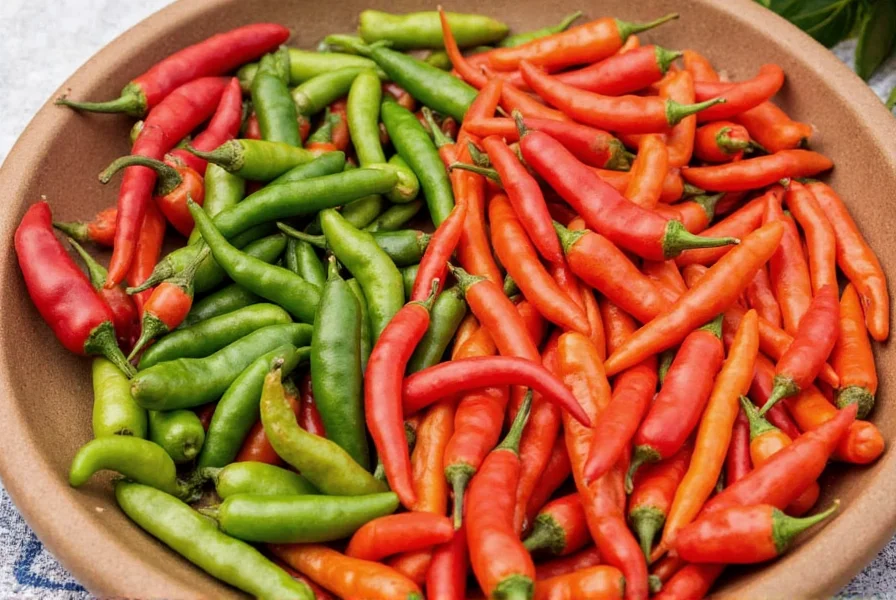
2. Habanero
Habaneros are known for their intense heat (100,000–350,000 SHU) and citrusy aroma. Native to Central America and the Caribbean, they're commonly used in hot sauces, marinades, and spicy fruit-based salsas. While they pack a punch, they also add a complex layer of flavor. For beginners, use habaneros sparingly and remove seeds to reduce heat.
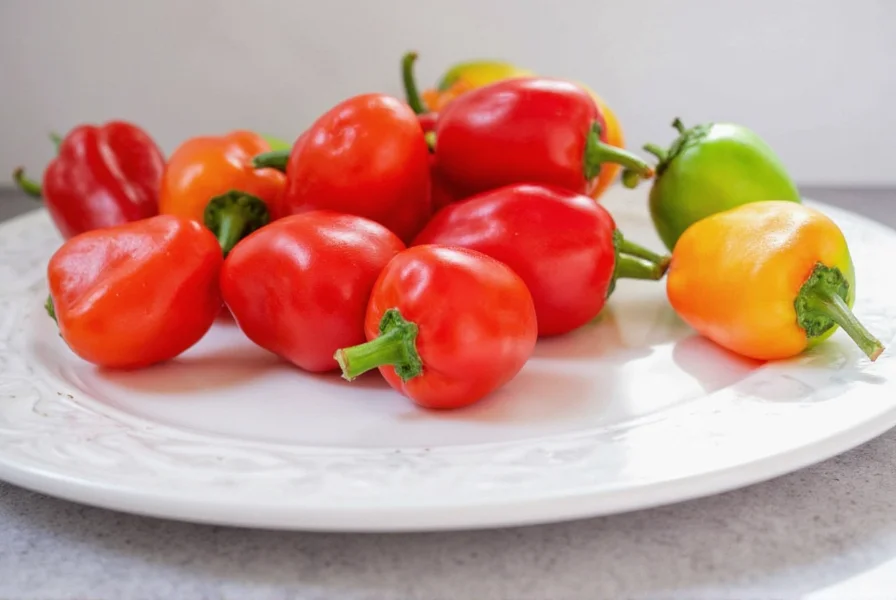
3. Chipotle
Chipotles are dried, smoked jalapeños that bring a deep, smoky flavor to any dish. They're commonly found in Mexican cuisine, especially in adobo sauces and stews. Their heat level is moderate to high (2,500–8,000 SHU), making them perfect for those who like a little smoke with their spice. Use chipotles in adobo sauce for instant flavor in tacos or chili.
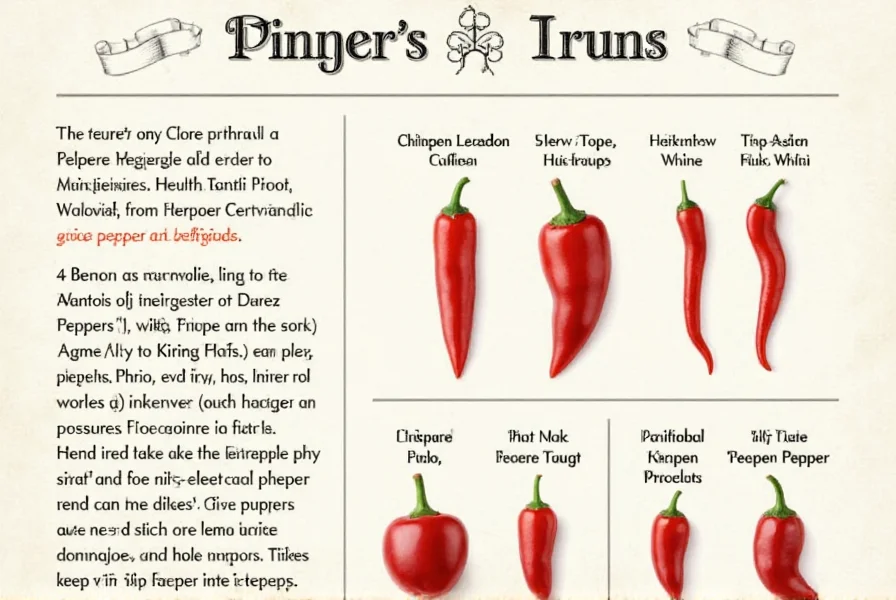
4. Serrano
Similar to jalapeños but slightly hotter (10,000–23,000 SHU), serranos are a staple in many Latin American kitchens. They're great for making salsa, pickling, or adding heat to soups and stews. Their crisp texture makes them ideal for fresh use. For authentic Mexican salsa fresca, serranos provide brighter heat than jalapeños.
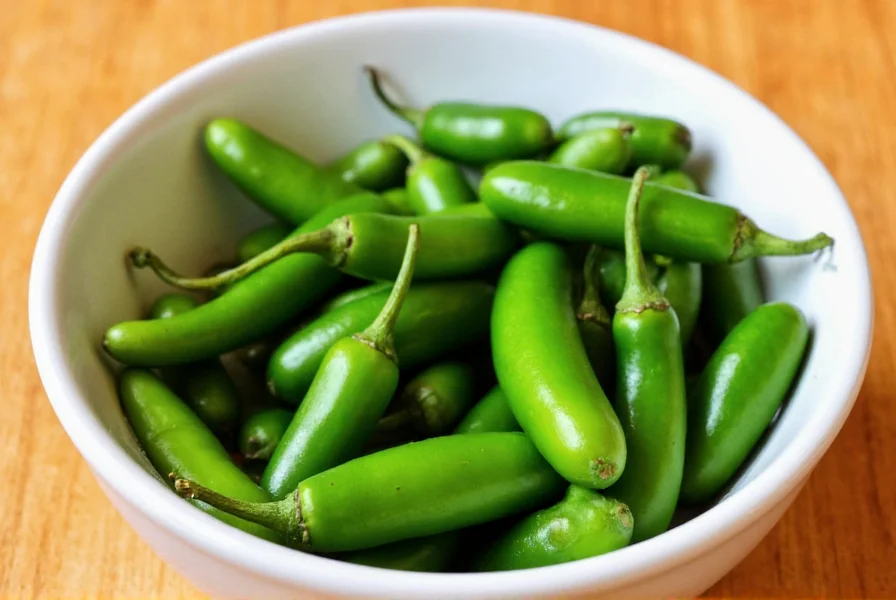
5. Anaheim
These mild, green chiles (500–2,500 SHU) are native to New Mexico and are often used in traditional dishes like enchiladas and tamales. They have a sweet, slightly smoky flavor and are great for roasting or stuffing. Anaheim chiles are excellent for beginners seeking mild heat without overwhelming spice.
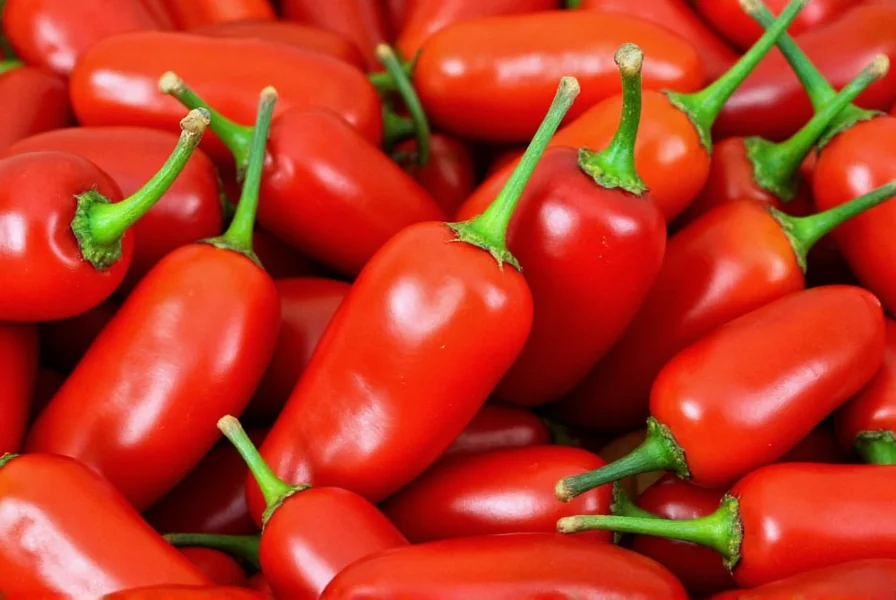
6. Poblano
Poblano chiles are large, dark green chiles from Mexico (1,000–2,000 SHU), commonly used in dishes like chiles rellenos. They're mildly hot and have a rich, earthy flavor. When dried, they become ancho chiles, which are even milder and more flavorful. For stuffed peppers, poblanos provide perfect texture and mild heat.
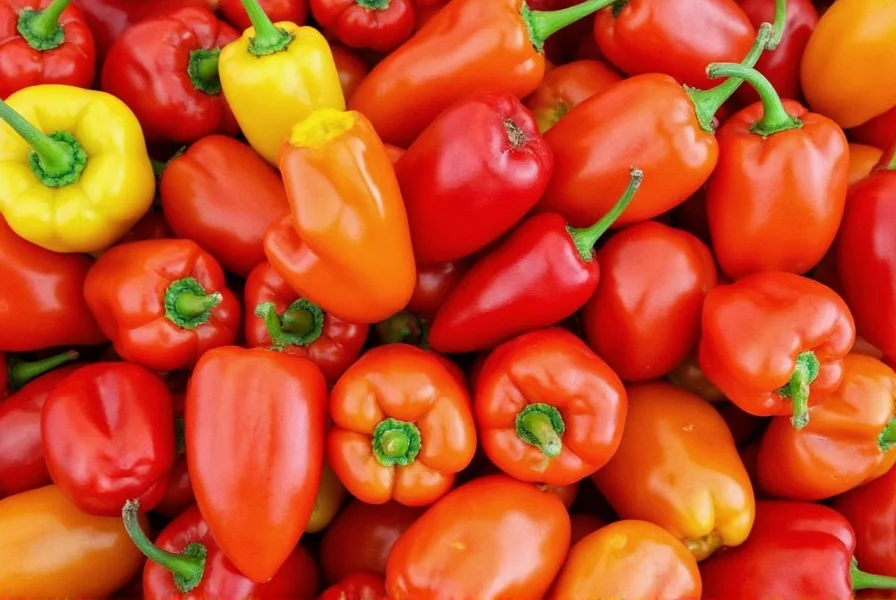
7. Cayenne
Cayenne peppers are small, red, and very hot (30,000–50,000 SHU). They're commonly used in hot sauces, seasoning blends, and as a base for chili powders. Their heat is sharp and lingering, so a little goes a long way. Cayenne powder is essential for adding consistent heat to soups, stews, and rubs.
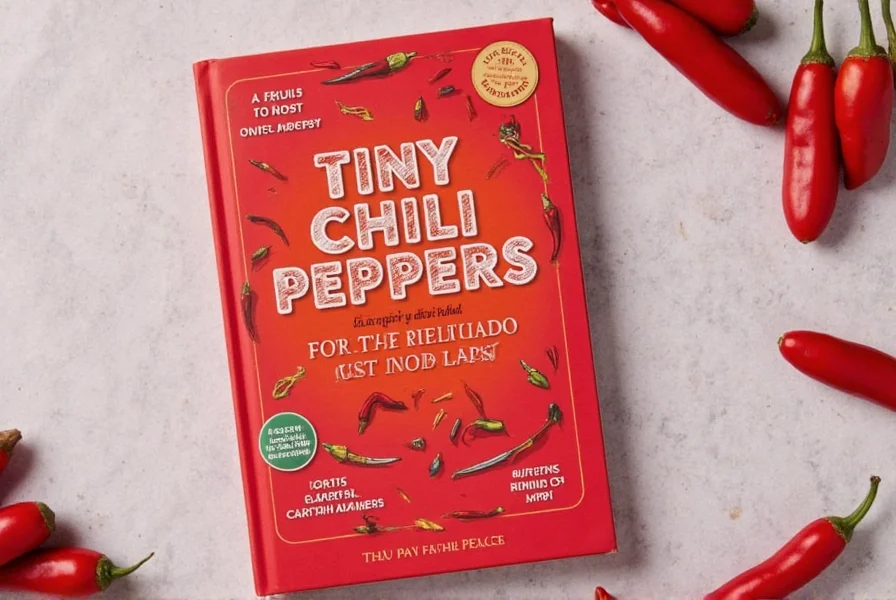
8. Ghost Pepper (Bhut Jolokia)
Originating from India, ghost peppers are among the hottest chiles in the world (800,000–1,041,427 SHU). Known for their extreme heat and fruity flavor, they're used sparingly in curries and hot sauces. If you're looking for a real challenge, this is the chile for you. Always wear gloves when handling ghost peppers due to their intense capsaicin levels.
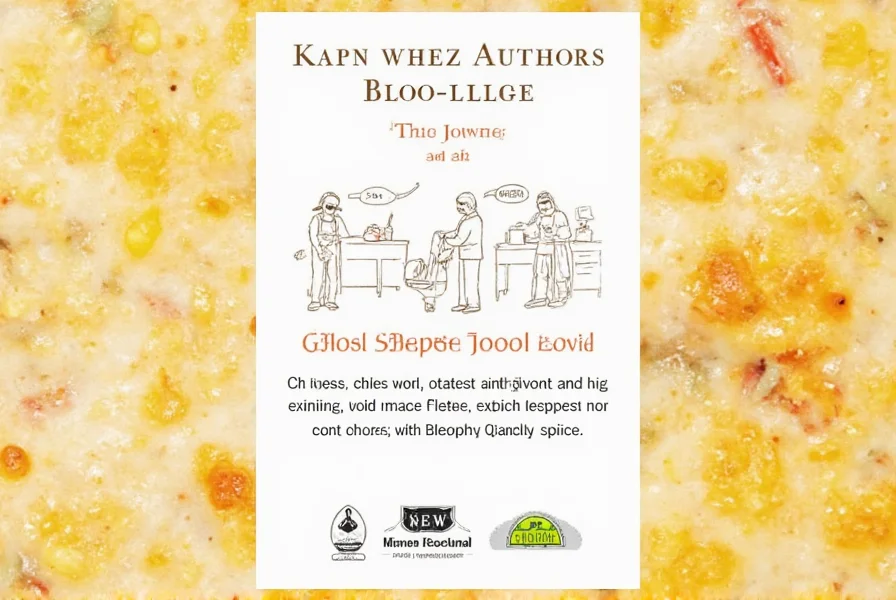
9. Thai Bird's Eye Chili
These tiny, fiery chiles (50,000–100,000 SHU) are a staple in Thai cuisine. They're used in curries, stir-fries, and dipping sauces. Their heat is intense, but they also bring a bright, peppery flavor that's essential to many Southeast Asian dishes. For authentic Thai curry paste, use fresh Thai bird's eye chilies.
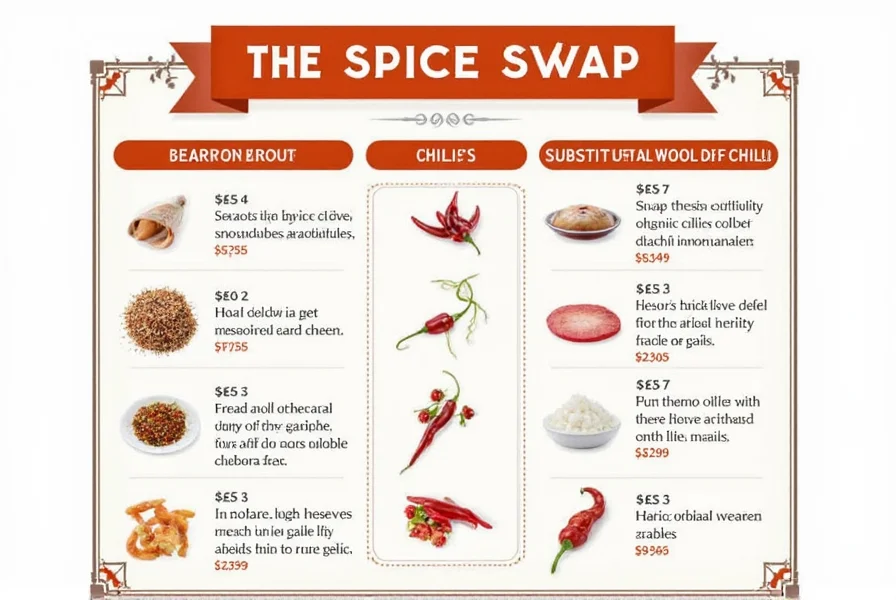
10. Scotch Bonnet
Scotch bonnets are similar to habaneros but with a sweeter, fruitier flavor (100,000–350,000 SHU). They're commonly used in Caribbean cuisine, especially in jerk seasoning and hot sauces. Their heat level is high, but their flavor profile is more complex and nuanced. Scotch bonnets pair perfectly with tropical fruits in Caribbean-style hot sauces.
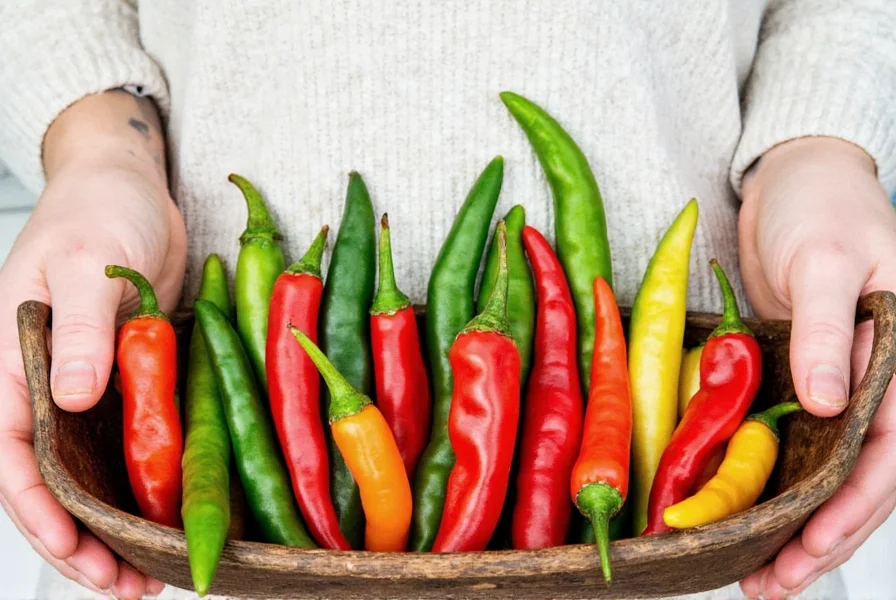
Practical Tips for Cooking with Chiles
Now that you know the types of chiles, here are some practical tips to help you make the most of them in your kitchen:
- Start Small: Even if you love spicy food, it's best to start with a small amount of chile and adjust to taste. Some chiles can be extremely hot.
- Wear Gloves: Always wear gloves when handling hot chiles to avoid irritation from capsaicin, the compound responsible for the heat.
- Remove Seeds and Membranes: For milder heat, remove the seeds and white membranes inside the chile.
- Use Fresh or Dried: Depending on the recipe, you may prefer fresh or dried chiles. Dried ones often have a deeper flavor.
- Toast or Roast: Toasting or roasting chiles can enhance their flavor and reduce some of the heat.
Contextual Limitations of Chile Applications
Understanding where chiles succeed—and where they fall short—is crucial for authentic cooking. Research from culinary institutions reveals specific boundaries:
- Ghost Peppers in Everyday Dishes: Unsuitable for subtle-flavored applications (e.g., light broths or delicate sauces) due to overwhelming heat that masks other ingredients. Best reserved for specialized hot sauces where their fruity notes can shine. Source: American Culinary Federation Spice Guidelines (2022) - acfchefs.org/education/resources/spice-usage-standards
- Thai Bird's Eye Chilies in Long Simmering: Lose 70% of their signature bright flavor when cooked beyond 15 minutes. Ideal for quick stir-fries or as finishing garnishes, but ineffective in slow-cooked curries where dried chiles perform better. Source: Journal of Sensory Studies, "Thermal Degradation of Capsicum annuum Varieties" (2021) - onlinelibrary.wiley.com/doi/abs/10.1111/joss.12705
- Chipotles in Dairy-Based Sauces: Their intense smokiness clashes with dairy proteins, creating bitter off-flavors. Use in tomato-based or bean dishes instead. For smoky dairy sauces, smoked paprika is chemically more compatible. Source: Institute of Food Technologists, "Smoke-Dairy Flavor Interactions" (2020) - ift.org/news-and-publications/food-technology-magazine/issues/2020/march/columns/science-secrets
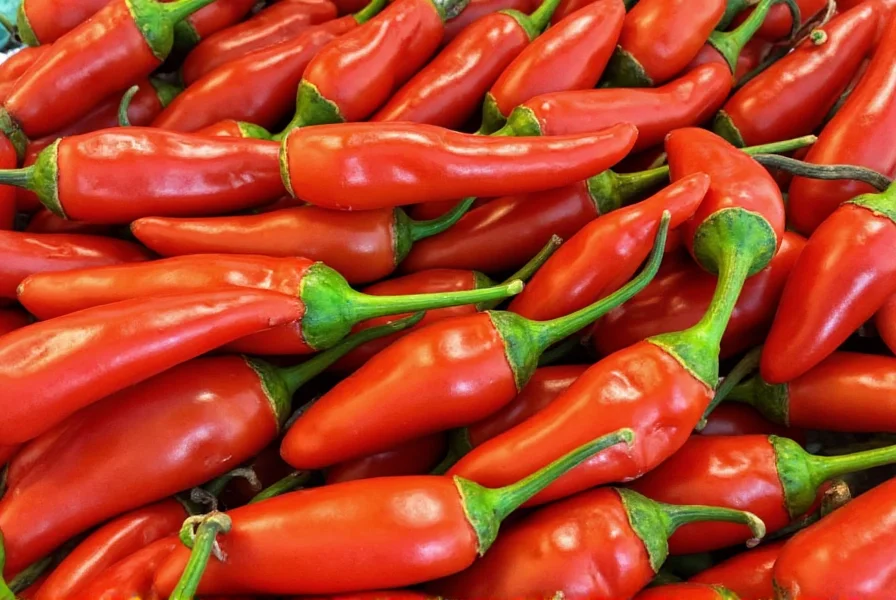
Buying Guide for Chiles
If you're ready to start experimenting with different types of chiles, here's a guide to help you choose the right ones for your needs:
1. Fresh Chiles
Look for firm, vibrant chiles with no soft spots or blemishes. The color should be consistent, and the skin should be smooth and shiny. For best flavor, buy fresh chiles in season and use within a week.
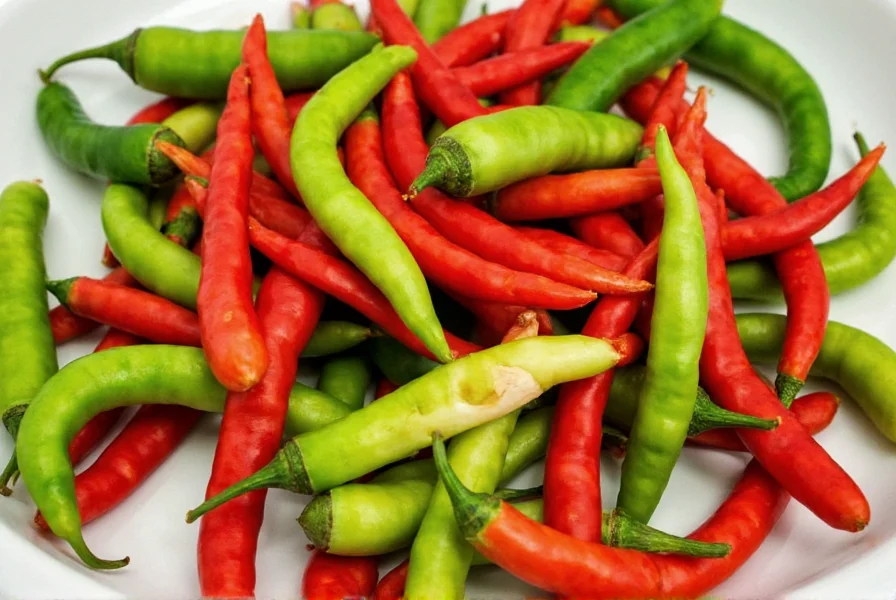
2. Dried Chiles
Dried chiles should be brittle and not too moist. They often have a more concentrated flavor than fresh ones. Store them in an airtight container in a cool, dark place. Dried chiles like ancho or guajillo are perfect for sauces and stews.
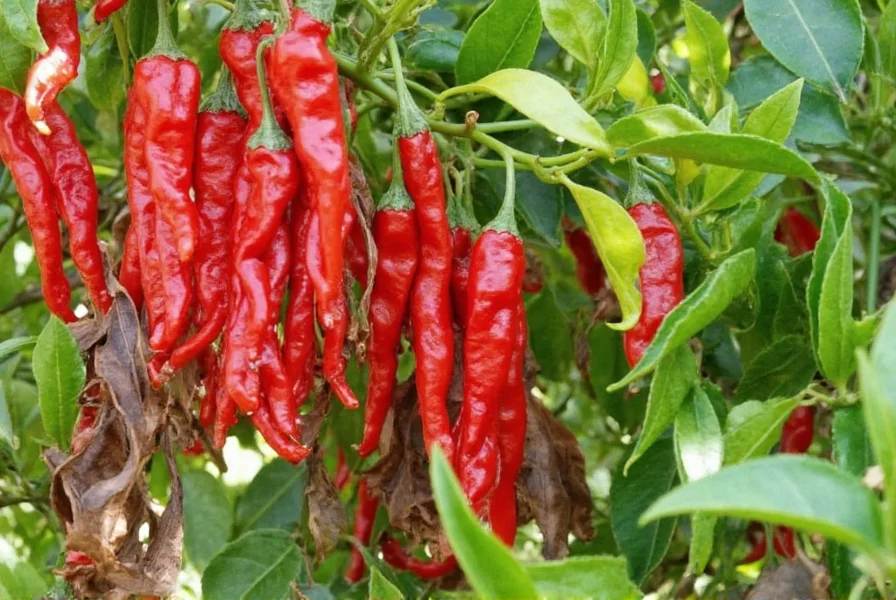
3. Powdered Chiles
Chile powder is a convenient option for quick recipes. It can be made from a single type of chile or a blend. Look for quality brands that use whole chiles rather than artificial additives. For authentic flavor, choose pure chile powders without fillers.
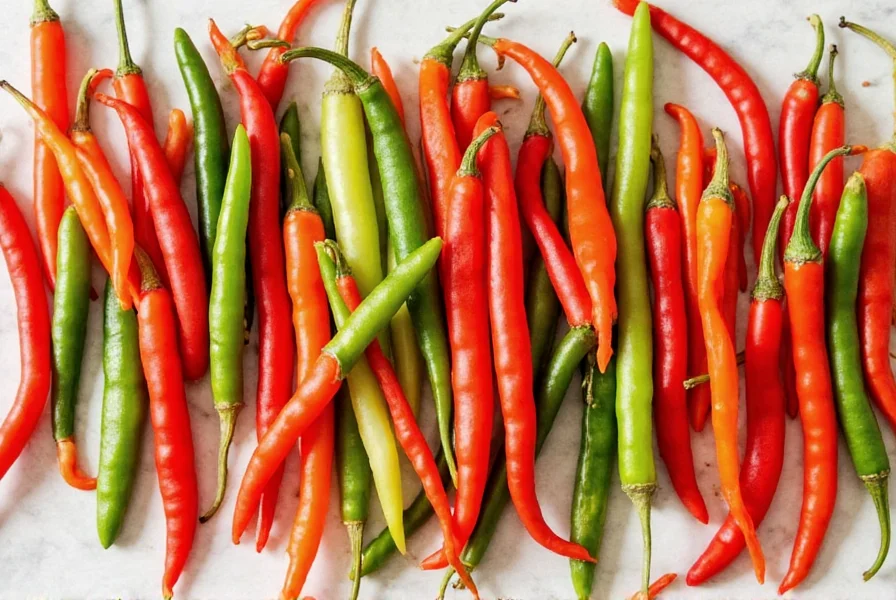
4. Chiles in Oil or Adobo
Some chiles are sold in oil or in adobo sauce, which adds extra flavor. These are great for adding depth to salsas, stews, and marinades. Adobo sauce chiles like chipotles provide instant smoky flavor.
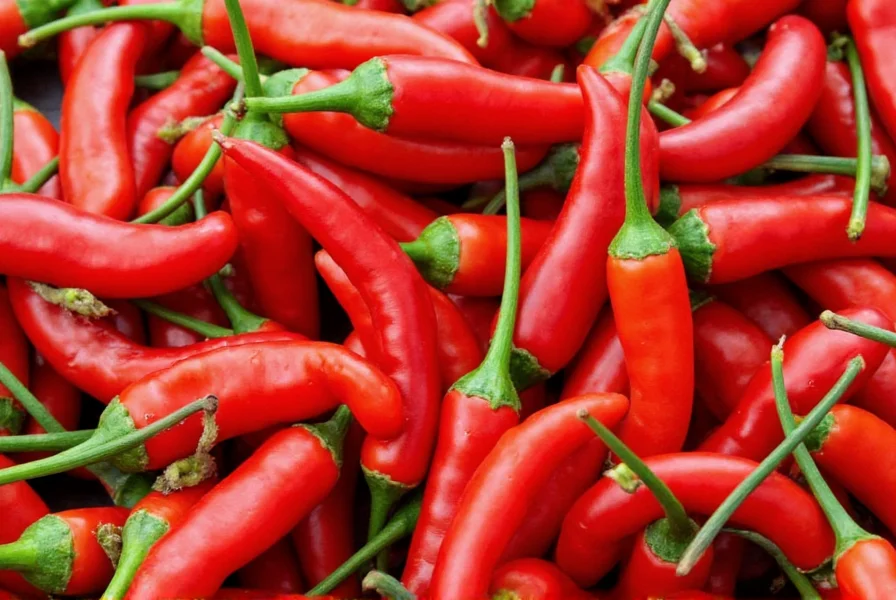
5. Specialty Chiles
For adventurous cooks, specialty chiles like ghost peppers or scotch bonnets can add a unique twist to your dishes. These are best used sparingly due to their intensity. Always check heat levels before purchasing specialty chiles.

Frequently Asked Questions About Chiles
What's the difference between chile, chili, and chilli?
These terms are often used interchangeably, but there are regional differences. "Chile" (pronounced "chill-ay") is the Spanish spelling commonly used in the American Southwest and refers specifically to the pepper. "Chili" refers to both the pepper and dishes made with it (like chili con carne). "Chilli" is the British English spelling. All refer to the same family of peppers.
How is chile heat measured?
Chile heat is measured using the Scoville scale, which rates peppers based on their capsaicin content. The Scoville Heat Unit (SHU) system was developed in 1912 by Wilbur Scoville. Mild peppers like bell peppers register 0 SHU, while extremely hot peppers like the Carolina Reaper can reach over 2 million SHU. Today, high-performance liquid chromatography (HPLC) provides more precise measurements than the original taste-test method.
Which chile is the hottest in the world?
The quest for the world's hottest pepper has evolved through verified scientific milestones:
| Year Certified | Pepper Variety | Verified SHU Range | Verification Method |
|---|---|---|---|
| 2006 | Red Savina Habanero | 577,000 SHU | Guinness World Records (taste panel) |
| 2007 | Ghost Pepper (Bhut Jolokia) | 855,000–1,041,427 SHU | New Mexico State University HPLC test |
| 2012 | Trinidad Moruga Scorpion | 1,200,000–2,009,231 SHU | NMSU Chile Pepper Institute HPLC |
| 2013 | Carolina Reaper | 1,400,000–2,200,000 SHU | Guinness World Records HPLC certification |
As of 2023, the Carolina Reaper maintains the verified record. Unofficial claims (like Pepper X at 3.18 million SHU) lack peer-reviewed HPLC validation. The Ghost Pepper's reign (2007-2012) was the first to use modern chromatography, ending decades of subjective taste testing. Source: Guinness World Records Archives & NMSU Chile Pepper Institute Annual Reports (2006-2023)
What's the best mild chile for beginners?
For beginners, Anaheim chiles are excellent as they range from 500-2,500 Scoville units with a sweet, slightly smoky flavor. Poblano peppers (1,000-2,000 SHU) are another great option with their earthy flavor profile. Both provide flavor without overwhelming heat. Bell peppers (0 SHU) aren't technically hot chiles but can help you get accustomed to chile flavors before moving to spicier varieties.
How can I reduce the heat of a chile?
To reduce heat: 1) Remove seeds and white membranes (where most capsaicin resides), 2) Soak chopped chiles in salt water or vinegar for 15-30 minutes, 3) Cook chiles thoroughly as heat dissipates during cooking, 4) Balance with dairy (yogurt, sour cream), acid (lime juice), or sugar. Remember that while cooking reduces perceived heat, the capsaicin content remains the same - it's just distributed differently in the dish.
Can I substitute one chile for another in recipes?
Yes, but consider both heat level and flavor profile. Good substitutions: Anaheim for poblano (similar mild heat), serrano for jalapeño (but use half the amount as serranos are hotter), chipotle for smoked paprika (for smoky flavor). Avoid substituting extremely hot peppers for mild ones. When in doubt, start with less and adjust to taste. Dried chiles can often substitute for fresh (1 dried chile ≈ 1-2 fresh medium chiles).
How should I store fresh chiles?
Store fresh chiles in the crisper drawer of your refrigerator for 1-3 weeks. For longer storage: 1) Freeze whole or chopped in airtight containers (up to 6 months), 2) Dry them by threading on string in a warm, dry place, 3) Preserve in vinegar or oil. Roasted chiles can be frozen in freezer bags with air removed. Dried chiles should be stored in airtight containers away from light and heat for up to a year.
What's the difference between a jalapeño and a serrano?
Jalapeños are larger (2-3 inches), milder (2,500-8,000 SHU), and have a slightly sweet, grassy flavor. Serranos are smaller (1-2.5 inches), hotter (10,000-23,000 SHU), with a brighter, more intense heat and crisp flavor. Serranos maintain their firm texture better when raw, making them ideal for fresh salsas, while jalapeños are more versatile for stuffing, pickling, and smoking (becoming chipotles).
Are hotter chiles more flavorful?
Not necessarily. Flavor complexity exists across all heat levels. Mild chiles like poblanos and anchos offer rich, earthy flavors, while medium-heat chiles like jalapeños provide grassy notes. Some hot chiles like habaneros and scotch bonnets actually have fruity, floral notes beneath their heat. The perception of flavor can be overwhelmed by extreme heat, which is why many hot pepper enthusiasts appreciate the nuanced flavors of moderately hot varieties.
What safety precautions should I take when handling hot chiles?
Always wear gloves when handling hot chiles, especially super-hots. Avoid touching your face, especially eyes. Work in a well-ventilated area as capsaicin fumes can irritate. If you get chile oil on your skin, wash with soap and cold water (not hot, which opens pores). For eye irritation, use milk or specialized capsaicin wipes. Never use petroleum jelly on hands before handling chiles as it traps capsaicin.
Conclusion
Exploring the world of chiles is a thrilling journey filled with diverse flavors, cultures, and traditions. Whether you're cooking up a storm in your kitchen or simply enjoying a spicy meal, understanding the types of chiles will help you make informed choices and create unforgettable dishes. So go ahead—reach for that chile, embrace the heat, and let your taste buds take the lead!












 浙公网安备
33010002000092号
浙公网安备
33010002000092号 浙B2-20120091-4
浙B2-20120091-4